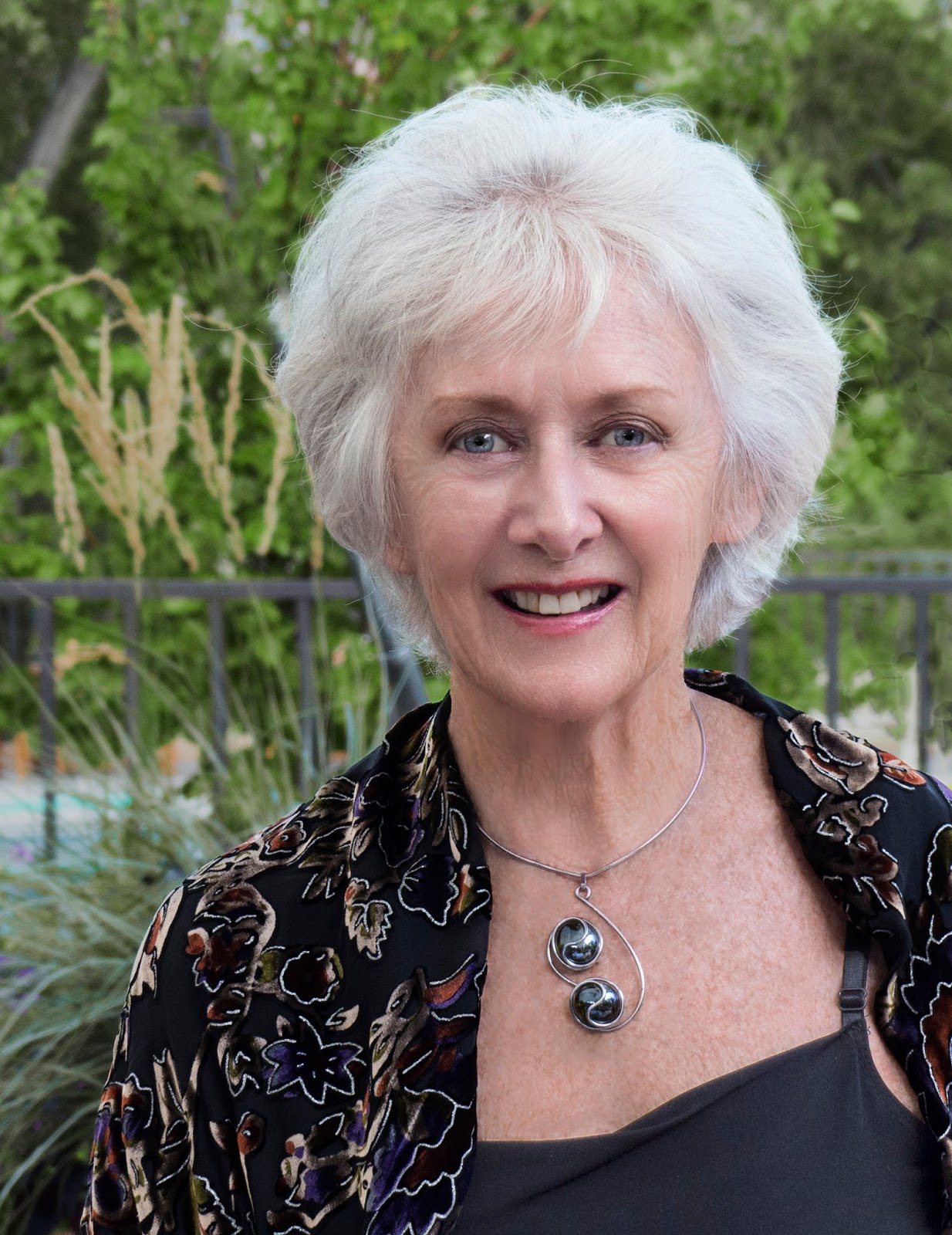 |
| Trio Céleste, l-r: Ross Gasworth, Kevin Kwan Loucks, Irina Krechkovsky. |
REVIEW
Trio Céleste, The Music Guild, California State University Long Beach
JIM RUGGIRELLO
Circumstances, meaning other concerts, prevented me from attending any of The Music Guild concerts at Gerald R. Daniel Recital Hall on the campus of California State University Long Beach but the latest one, the last of the Guild's 74th season. The performers were Trio Céleste.
Which engendered a distinct feeling of déjà vu. One year ago, almost to the day, I was able to catch my one Music Guild concert of last season, and the performers were, once again - Trio Céleste. Last season they played a meat-and-potatoes program of piano trios by Haydn, Beethoven, and Tchaikovsky. This year's fare was more adventurous, and even featured a composer with a pulse, but was audience-friendly enough so as not to alienate the Music Guild audience, historically rather conservative in their musical tastes.
 |
| Paul Schoenfeld. |
There was no mistaking the individual personalities of the trio's members, starting with the first note. Violinist Irina Krechkovsky's playing had an aggressive edge that still managed to swing, while Ross Gasworth's cello took a more elegant approach. Pianist Kevin Kwan Loucks played it grand and large, sometimes overwhelming his colleagues. His pianism had plenty of character and dynamic contrast, but the school's nine-foot Steinway, with the lid all the way up, makes a huge sound unless tempered with restraint.
Everyone knows, or thinks they do, the music of Bedřich Smetana (1824-1884); after all, The Moldau (Vltava, T. 111) is downright ubiquitous, and The Bartered Bride (Prodaná nevĕsta, B. 143) graces operatic stages regularly. But The Moldau is only one of six tone poems that comprise Smetana's masterwork Má vlast (My homeland), and the composer wrote eight other operas, a couple of which are more highly regarded than the Bride. He also composed several pieces for solo piano, beginning at an early age, and four chamber works, notably the String Quartet No. 1, From My Homeland, T. 128, and, more to the point, a piano trio.
 |
| Bedřich Smetana. |
Although Smetana wrote the trio to honor his late daughter, only in the middle section of the finale do I hear traces of an elegy (not to mention a funeral march). Elsewhere, there's intensity and passion, beginning with a Slavic-flavored tune for solo violin that Krechkovsky really dug into.
The themes are lyrical and well worked out, the long first movement changing from light to dark in tone. The second movement, a Brahmsian intermezzo, is almost playful. For the finale, Smetana borrowed themes from his earlier piano pieces, and wove them into a restless, energetic rondo.
Again, the piano dominated. This is one heavy piano part, thick-textured with huge chords in both hands that invite pounding. And pound Loucks did. All three musicians gave committed, technically excellent performances, but the balance was off; whether that was the fault of the instrument, the player, or the way the piece was written, one doesn't know. At intermission, I overheard Eugene Golden, the Music Guild's executive director, mention to the pianist about the balance, and Loucks said he could back off. Lo and behold, he did just that.
In the Piano Trio No. 2 in E minor, Op. 67 by Dmitri Shostakovich (1906-1975), written in 1944, the balance between the instruments was exemplary, each player taking the lead as the occasion demanded. Here the excellence of this ensemble was on full display, as was Shostakovich's bitter humor. This work, too, is an elegy, for the composer's friend Ivan Sollertinsky and for the victims of the Holocaust, about which the world was only beginning to become aware. Several of the themes in the work''s four shortish movements have a Jewish flavor, which somehow escaped Stalin's censors.
Gasworth did a masterful job with the opening theme's difficult harmonics, and elsewhere was his elegant self. Krechkovsky's edgy, incisive tone found a congenial vehicle in Shostakovich's faux-jovial cynicism, and Louck's grand, expressive, overt playing was put to good use in this magnificent piece.
The Music Guild chamber concerts are one of Long Beach's best-kept musical secrets (they're also given in Brentwood and the Valley on successive nights). The audience at Daniel is elderly and dwindling. They know their chamber music (no clapping between movements with this bunch), and one wishes there were more of them. In an ideal world, the hall would be packed.
---ooo---
The Music Guild: Gerald R. Daniel Recital Hall, California State University Long Beach, 8:00pm, Tuesday, May 14, 2019.
Photos: Trio Céleste: artists' website; Schoenfeld: Courtesy School of Music, Theatre & Dance, University of Michigan; Smetana: Michael Nicholson/Corbis via Getty Images; Shostakovich: Classic fM.





































